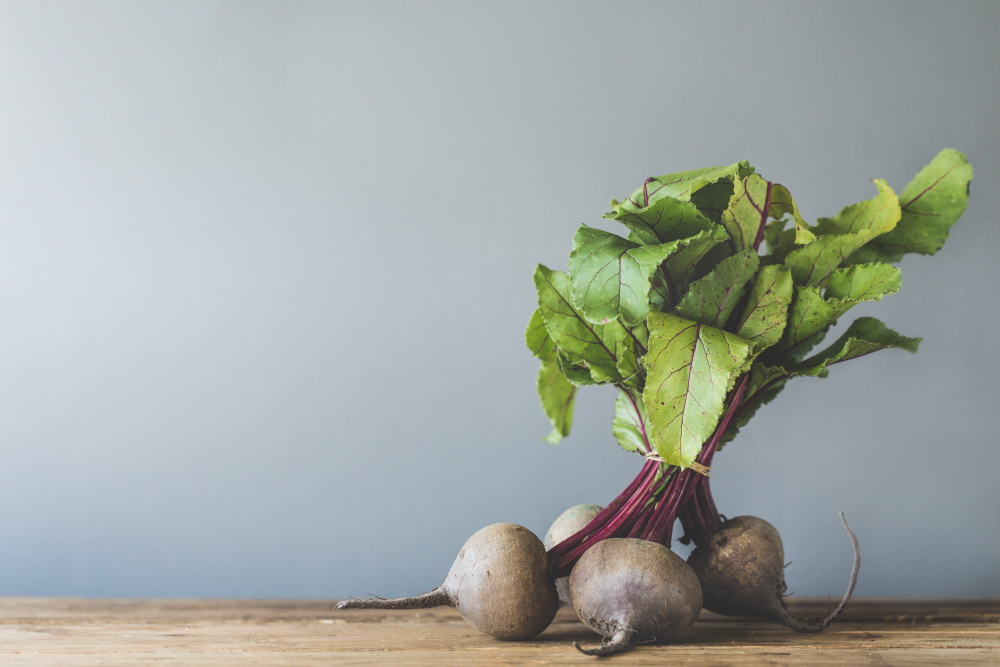
Can You Grow Beetroot In A Greenhouse?Well,growing beetroot in a greenhouse can be a rewarding experience,offering a way to extend the growing season and achieve a more consistent harvest.For gardeners,where weather can be unpredictable,a greenhouse provides the perfect controlled environment to cultivate this versatile and nutritious vegetable.In this blog post,we will delve into the essentials of growing beetroot in a greenhouse,from selecting the best varieties and propagating seeds to managing pests and determining the optimal harvesting times.
Why Grow Beetroot in a Greenhouse?
Growing beetroot in a greenhouse comes with several benefits:
Extended Growing Season:Greenhouses allow you to start growing beetroot earlier in the spring and continue later into the autumn,offering multiple harvests.
Controlled Environment:The sheltered environment protects beetroot from extreme weather conditions,ensuring better growth and higher yields.
Pest Management:A greenhouse can help mitigate common pest problems by providing a physical barrier and a more easily controlled environment.
Consistent Temperature:Beetroot thrives in consistent temperatures,which a greenhouse can provide,reducing stress on the plants.
Choosing the Right Beetroot Varieties
While you can grow any beetroot variety in a greenhouse,some are particularly well-suited for this method.Here are a few recommended types:
Boltardy:This variety is known for its resistance to bolting,making it ideal for early sowing and consistent growth.
Chioggia:With its striking pink and white rings,Chioggia adds visual appeal and has a sweet,mild flavour.
Detroit 2 Crimson Globe:A popular and reliable variety,known for its smooth,round roots and excellent flavour.
Golden Beet:This variety offers a unique,sweet taste and vibrant yellow colour,adding diversity to your beetroot harvest.
Cylindra:With its elongated shape,Cylindra is perfect for slicing and offers a high yield in a small space.
Propagating Beetroot
Propagating beetroot is relatively straightforward and can be done either by direct sowing or starting the seeds indoors.
Seed Trays or Modules:Fill seed trays or modules with a high-quality seed compost.
Sowing Seeds:Sow beetroot seeds thinly,covering them with a fine layer of compost or vermiculite.Beetroot seeds are actually clusters containing several seeds,so thin out seedlings if necessary.
Watering:Water gently to keep the compost moist but not waterlogged.
Germination:Place the trays in a warm location,ideally around 18-21°C.Seeds should germinate within 7-14 days.
Thinning:Once the seedlings have two true leaves,thin them out to give each plant enough space to develop.
Direct Sowing in the Greenhouse
Soil Preparation:Prepare the greenhouse beds by incorporating plenty of organic matter,such as compost or well-rotted manure,into the soil.Ensure the soil is well-drained and has a fine tilth.
Sowing Seeds:Sow beetroot seeds directly into the prepared soil,spacing them about 2-3 cm apart in rows that are 20-30 cm apart.Cover with 1-2 cm of soil.
Watering:Water the seeds well after planting and keep the soil consistently moist until germination.
Thinning:Thin seedlings to 10-15 cm apart once they are large enough to handle,allowing room for the roots to develop.
Planting Out your Beetroot
If you’ve started your beetroot indoors,transplanting them into the greenhouse beds is the next step:
Hardening Off:About a week before transplanting,harden off the seedlings by gradually acclimatising them to the greenhouse conditions.This involves moving them outdoors during the day and bringing them back inside at night.
Transplanting:Plant the seedlings in the prepared greenhouse beds,spacing them 10-15 cm apart.Ensure the soil is moist and firm around the plants to establish good contact.
Watering:Water the newly transplanted beetroot well and keep the soil consistently moist to encourage strong root development.
Common Pests and How to Manage Them
Despite the protection a greenhouse offers,beetroot can still be susceptible to pests.Here are some common pests to watch out for and how to manage them:
Aphids:These small insects can be controlled by introducing beneficial insects such as ladybirds or by using insecticidal soap.
Flea Beetles:These tiny,jumping beetles create small holes in the leaves.Use sticky traps,row covers,or neem oil to manage infestations.
Cutworms:These larvae can damage young seedlings by cutting through stems.Use physical barriers such as collars around the base of plants or beneficial nematodes to reduce their numbers.
Leaf Miners:These pests burrow into leaves,causing unsightly trails.Remove and destroy affected leaves to prevent the spread.
Slugs and Snails:Use slug pellets,create barriers with copper tape,or hand-pick them off your plants to protect your beetroot.
Harvesting Times and Tips
Knowing when to harvest beetroot is crucial for achieving the best flavour and texture.Here are some tips:
Timing:Beetroot can be harvested as early as 7-8 weeks after sowing for baby beets or left for 10-12 weeks for larger roots.In a greenhouse,you can often achieve fa
Starting Seeds Indoorsster growth rates.
Size:Harvest beetroot when they are the size of a golf ball to a tennis ball.Larger roots can become woody and less palatable.
Method:Use a garden fork to gently lift the beetroot from the soil,being careful not to damage the roots.If the soil is loose,you can also pull them out by hand.
Storing:After harvesting,cut off the tops,leaving about 2 cm of stem.Store beetroot in a cool,dark place,such as a root cellar,or in the fridge for up to two weeks.
Additional Tips for Success
Watering:Beetroot needs consistent moisture to develop properly.Avoid letting the soil dry out,as this can cause the roots to become tough and woody.
Feeding:Feed beetroot with a balanced fertiliser or a liquid seaweed feed to promote healthy growth.
Mulching:Apply a layer of mulch around the plants to retain moisture and suppress weeds.
Succession Planting:To ensure a continuous harvest,sow beetroot seeds every 2-3 weeks.
Ventilation:Maintain good ventilation in the greenhouse to prevent overheating and reduce the risk of fungal diseases.
Enjoying Your Beetroot
Once you’ve harvested your beetroot,there are many delicious ways to enjoy it:
Roasted:Toss beetroot with olive oil,salt,and pepper,then roast until tender for a sweet and earthy side dish.
Salads:Grate raw beetroot into salads for a vibrant colour and fresh flavour.Beetroot juice,health benefits
Pickling:Pickle beetroot in vinegar with spices for a tangy,long-lasting treat.
Juicing:Add beetroot to your favourite juice blend for a nutrient-packed drink.
Soups:Use beetroot in soups like borscht for a warming and nutritious meal.




